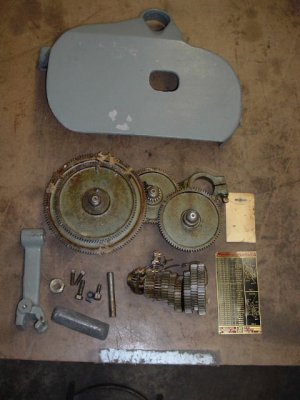No lathe can cut every thread there is. The QCGB will cut most of the common threads but not all. If you must cut a thread that the installed gearing cannot cut then the only way to cut it is to change the gearing to enable you to cut it. These older American lathes came with gear sets to cut almost all common Imperial threads and if you do not have that set then you should go find it. They usually will not cut Metric threads.
More modern lathes can cut both Imperial and Metric threads plus modular and diametral pitches. All require change gears despite having a QCGB.
[/QUOT
It is my understanding that any lathe can be converted from imperial to metric threads, you just need the correct gears to change the ratio between the spindle and the leadscrew. Most larger machines use the 127 x 120 T wheels. Many smaller machine use the 63 x 60 T wheel set. other combinations also exist, but they are all approximations, close but not 100% only the 127 x 120 T set will give you perfect conversion It only matters if you are making a long threaded shaft like a lead screw, for normal nuts and bolts the difference is so small as to not matter.


